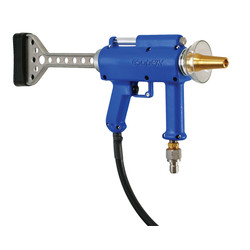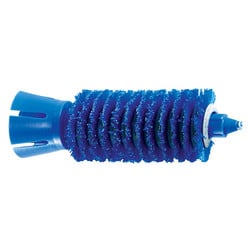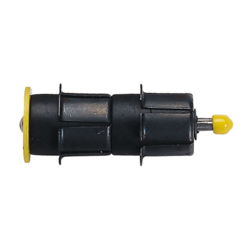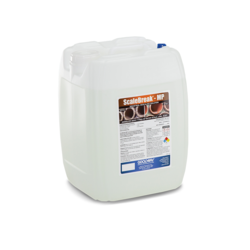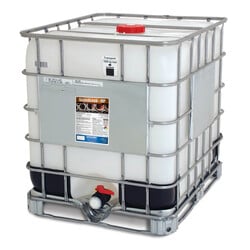
Surface Condensers
Surface Condensers in thermal powerplants play a critical role in the overall efficiency of the powerplant. That is the main reason, why it is so important to regularly clean and maintenance these installations.
Read moreSurface Condenser Cleaning & Maintenance
These types of heat exchangers are mainly used in thermal power plants to convert steam from gaseous to liquid at a pressure under atmospheric pressure (under vacuum). When the steam leaves the turbine, it must return to condensate (liquid phase) so that it can be used again in the boiler as feed water, to generate steam for the turbine again.
A surface condenser ensures that the steam is cooled by passing a colder liquid through the tubes. This could be water from a cooling tower or from a nearby source, such as a lake, river or sea.
Why is (preventative) maintenance so important?
Because the cooling water can become contaminated by macro- and microfouling, among other things, the tubes can become internally contaminated or even clogged. This creates the following 2 negative effects;
- Reduced heat transition between the cooling medium in the tubes and the steam.
- Reduced vacuum in the condenser, so that steam can deliver less energy to the steam turbine.
Depending on the scale of fouling/deposits inside the tubes, the impact can be quite severe on the condenser's ability to condense the exhaust steam exiting the turbine. As fouling builds up in the tubes, an insulating effect is created and the heat transfer properties of the tubes are reduced.
This often requires the turbine power to be reduced to a point where the condenser can handle/process the exhaust steam produced. Usually this can be quite costly for power plants in the form of reduced output, higher fuel consumption and increased Co2 emissions.
With preventive cleaning, the condenser is cleaned every set time, so that the efficiency remains optimal and contamination can be removed in time. This results in a stable and constant output from the condenser. Furthermore, this prevents frequent interruptions and (un) planned cleaning due to malfunctions, etc.
Types of deposits
Cooling water can carry different types of pollution into the condenser. Each type of pollution is different and also has a different effect on the tubes internally. Below are some examples:
- Silt, sludge and sediment.
- Biofilm, Slime.
- Calciumcarbonate.
- Zebra mussels.
- Wood and plastic trash (macro-fouling).



